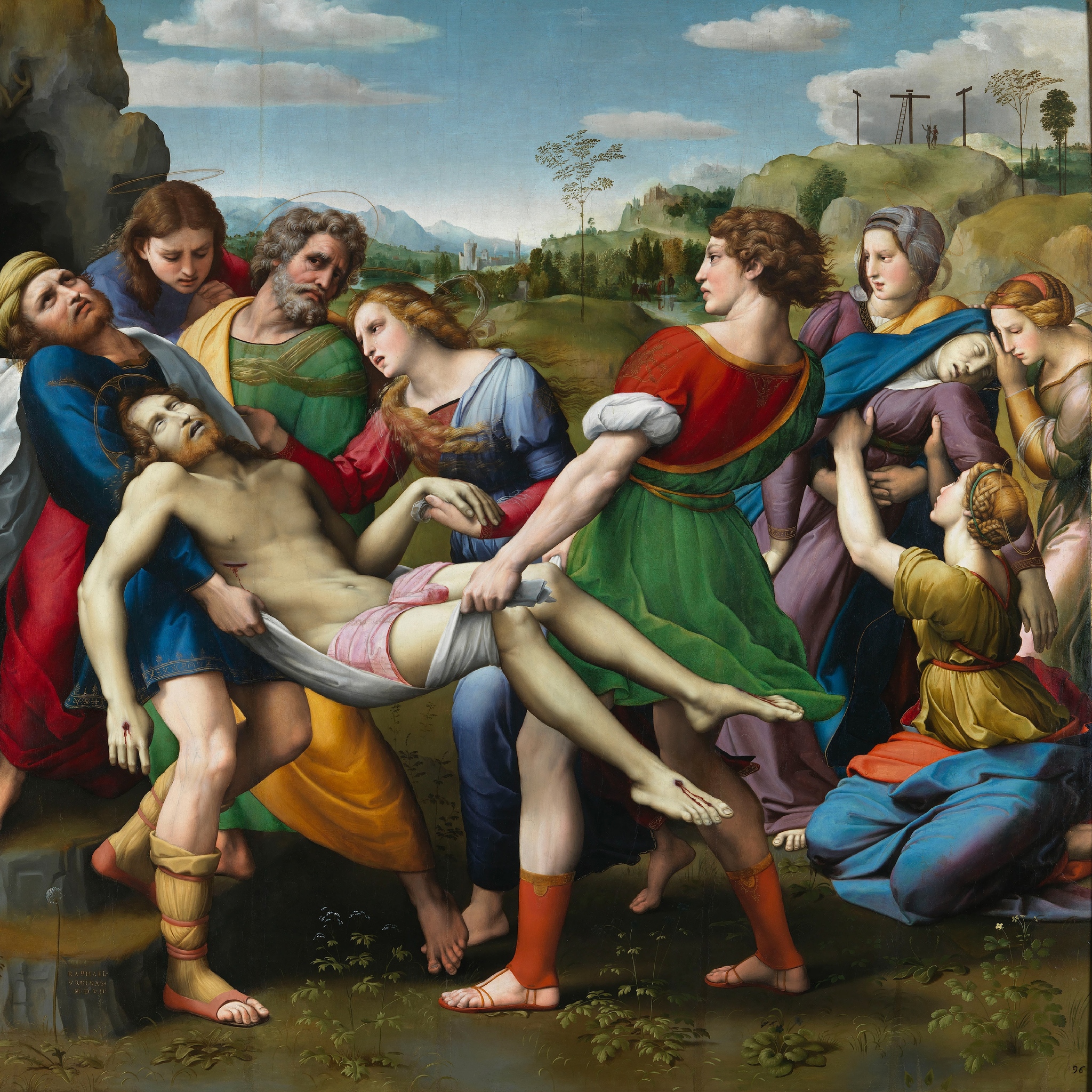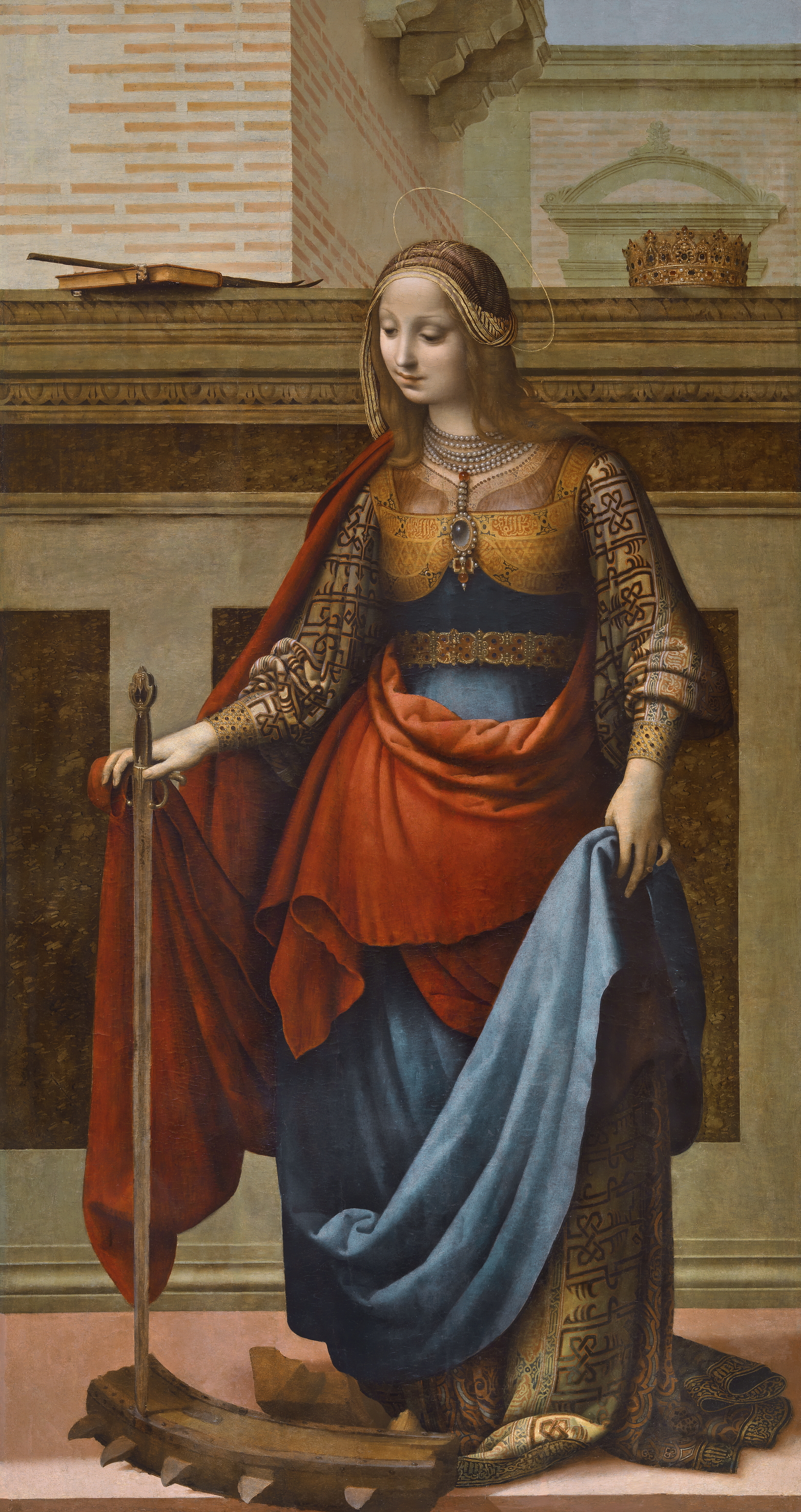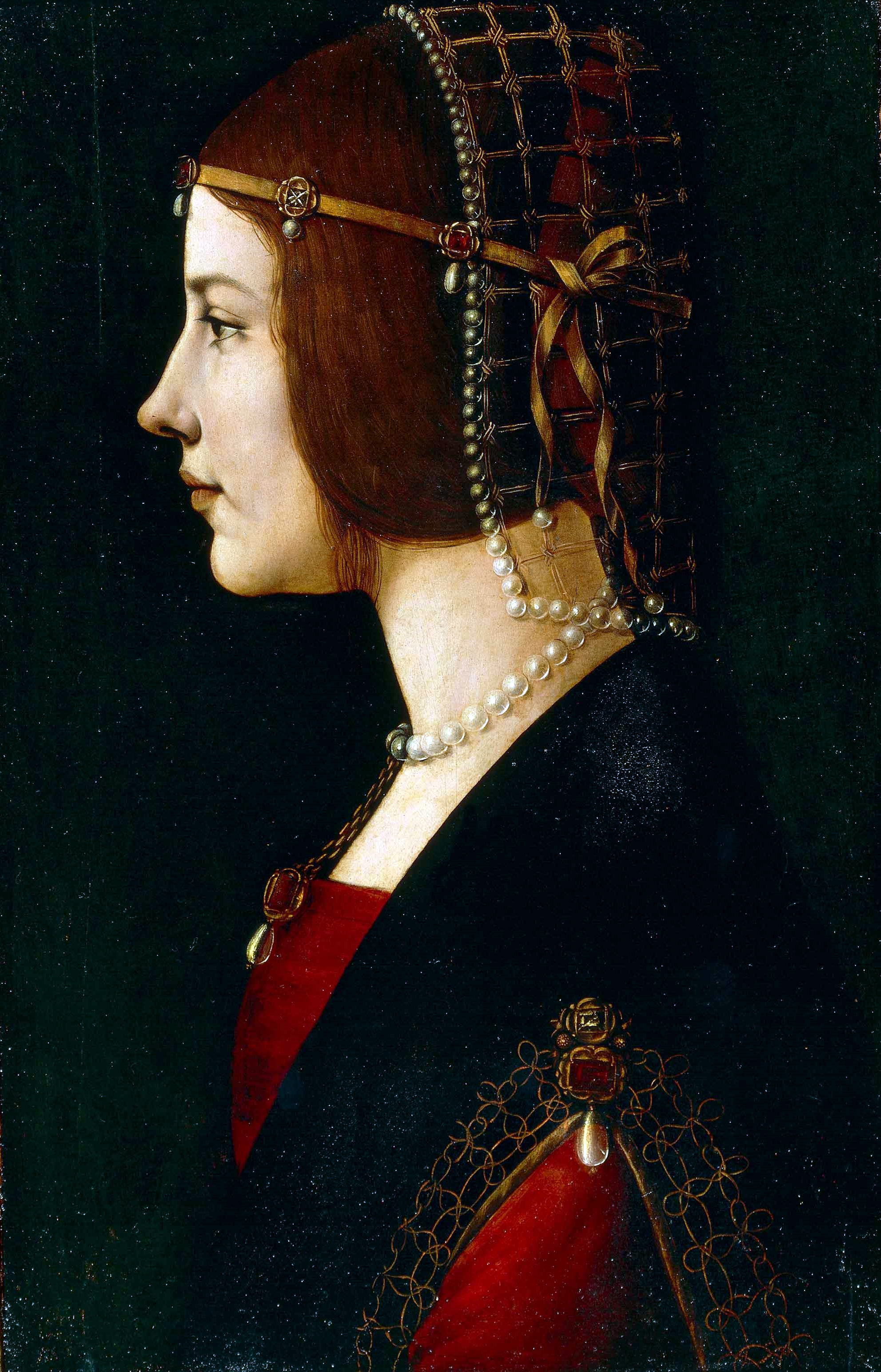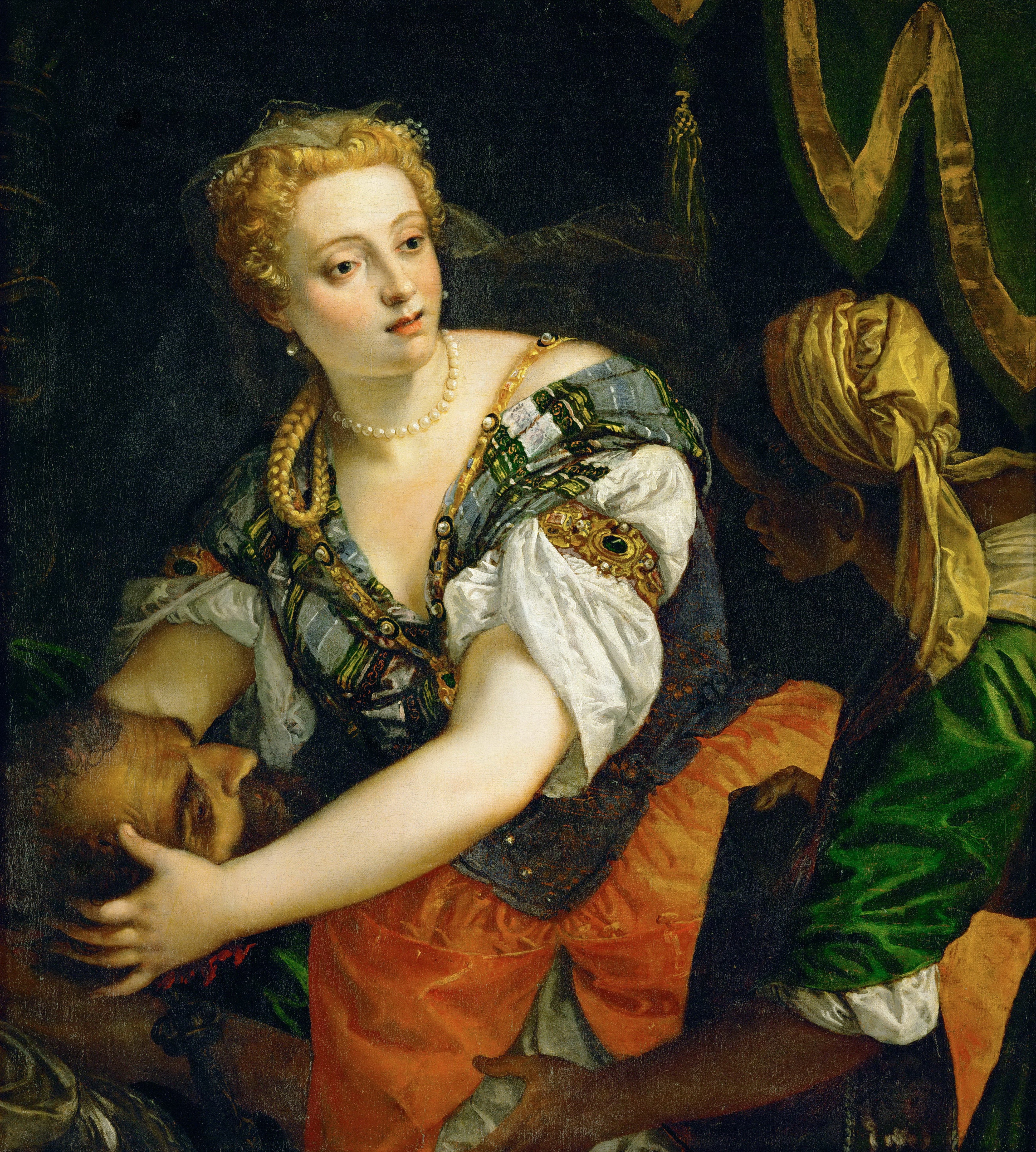Shakespeare | Let me not to the marriage of true minds | Sonnet 116
Let me not to the marriage of true minds
Admit impediments. Love is not love
Which alters when it alteration finds,
Or bends with the remover to remove:
O no! it is an ever-fixed mark
That looks on tempests and is never shaken;
Alessandro Puttinati | Paolo e Virginia, 1844

































.jpg)
.jpg)





